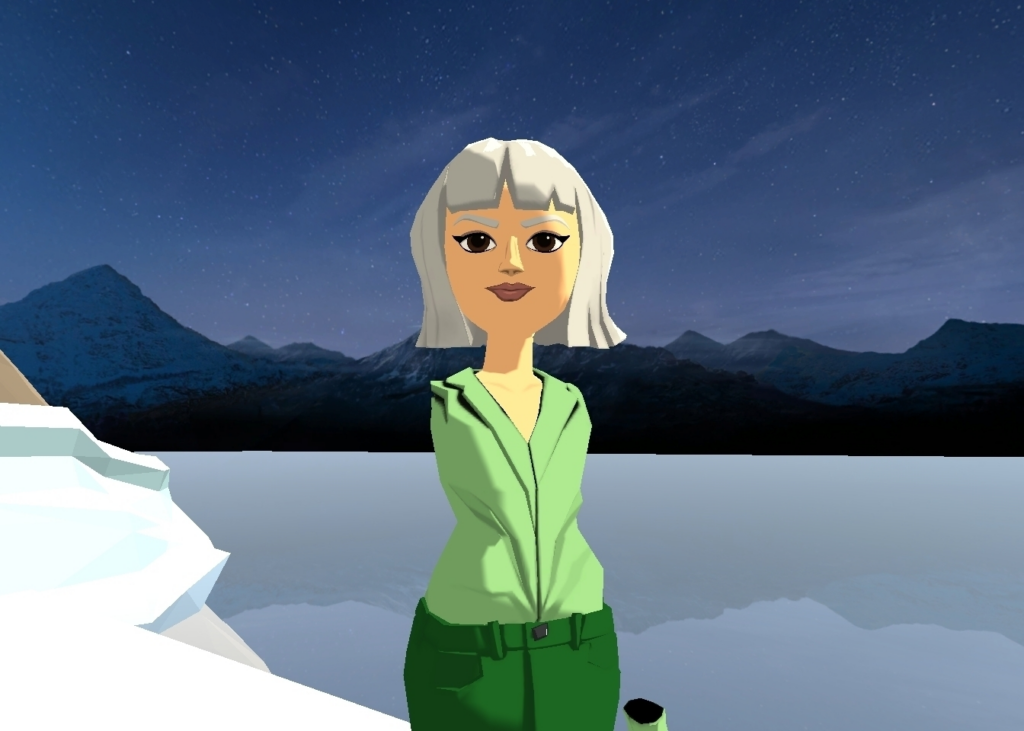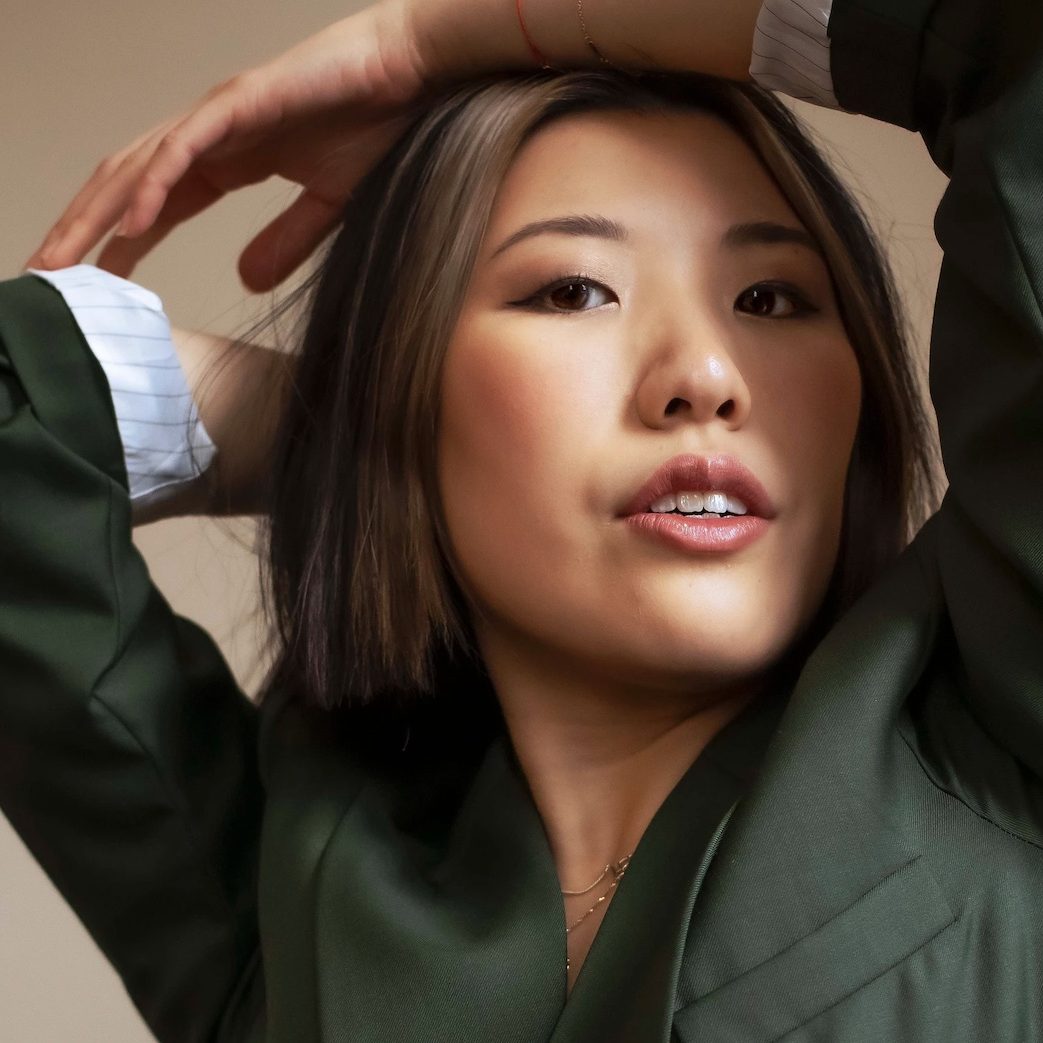Terraforming, together – XR Performance Creation Experiment with Beth Kates

Beth Kates admits, “Virtual reality sits between 1994 and 2024.” And science, unfortunately, has not come that far.
Yet.
XR (a catch-all term for media created with virtual, augmented, and mixed reality) is not a new concept, but it is an entirely new concept in shaping the way we find connection at a distance moving forward. In the age of film and television (and now a pandemic), the function of live performance is as valuable as it is questionable. Theatre is as much a historical practice as it is a contemporary one, so how can theatre respond to this technological evolution? What will theatre offer and what will it give us access to? At the inaugural Performance and XR Virtual Reality Symposium, award-winning lighting, set, projection and mixed reality designer Beth Kates guides us through an experimentation of creating performance in XR.
Kates’ workshop invites us to explore the act of terraforming, together. Participants are split into groups of four, led by individual facilitators who double as designers of reality. It’s an extremely collaborative process that is entirely dependent on our communication with each other. We’re given a couple minutes to devise a performance of our own before we share with the group the potentials of creating stories and meaning using XR technologies by a bunch of people who know next to nothing about XR. And still, everyone is helping each other design and program performance in ways we are not yet able to, or even aware of.
What AltSpace and VR technology provides us is the ability to gather, to tell stories, and to have the kind of embodied experiences we did in traditional and physical theatre spaces. From the virtual void, Group 2 led us to the entrance of what appeared to be a giant tunnel, but was actually a zombie haunted house. It was such a novel and unexpected idea as both a performance and XR concept! There is an incredible potential for these new tools to build and augment worlds, which is exactly what theatre does. And we’re now granted access to artists and audiences—worldwide—in a full-embodied way that wasn’t possible before.
Varying levels of access to technology invited different capacities of expression. I didn’t have the Oculus Rift headset so my avatar’s arm movements were limited, however, my group made the conscious effort to honour my inaccessibility to the technology. Someone had access to a piano and developed a riff for us to ascend and descend on the large staircase our facilitator created, an interface we were all capable of. Unfortunately, VR requires both expensive equipment and a stable internet connection which severely restricts who can access and discover these tools and new ways to use them.
In the re-invention and representation of the physical world, we continue to call into question what types of agency we give our audiences. As much as I want to support theatre artists during this critical epoch, a majority of digital theatre ignores the audience in the meaning-making process and is solely concerned on their practice prevailing. Because XR demands more of a presence as a spectator, your existence in the space is participatory by nature. Group 4 explored the dynamic at hand by requiring effort from the audience in order to experience their performance; in climbing their spiralized structure, we would be rewarded with a story at every level we reached. On the other hand, Group 3 threw caution to the wind and simply created a vertical obstacle course that employed the user functions of AltSpace for fun and fully engaging experience.
Where the stage was the ultimate playground to explore both performance and possibility, this workshop returns us to the source of why we do theatre to begin with while addressing the primary challenge about performance in a pandemic, about liveness and presence when we cannot gather together in physical spaces. Kates has carved a space of cultural creation unique to the form and function of virtual reality by reminding us to play. Explore the technology, the world, and each other until there is nothing to arrive with other than experimentation. If science has yet to close the distance, art shall take its course instead. If no one knows what we’re doing, let’s do it all differently.
Let’s play.
